The Hindu Om Symbol (ॐ) is far more than a sign; in Hinduism, it’s a vibration, a consciousness, a bridge between the physical realm and the divine.
Known as the sound of creation, Om is the most sacred holy symbol in Hinduism, symbolizing the essence of ultimate reality known as Brahman.
From temples to yoga studios to meditation halls worldwide, Om resonates as the universal sound that bridges the human self with the infinite cosmos.
Let’s begin from where the Om originated from.
Historical Origins of the Hindu Om symbol
The origins of Om trace back thousands of years to the Upanishads (the philosophical core of the Vedas, the most authoritative texts of Hinduism, detailing the profound wisdom on the nature of reality and the self (atman)).
The Mandukya Upanishad, one of the most revered scriptures in Hinduism, is entirely devoted to explaining Om. It declares “Om is all this; what was, what is, and what shall be” signifying Om symbolizes the time itself (that it is the past, the present, and the future).
Understanding the Om Sign
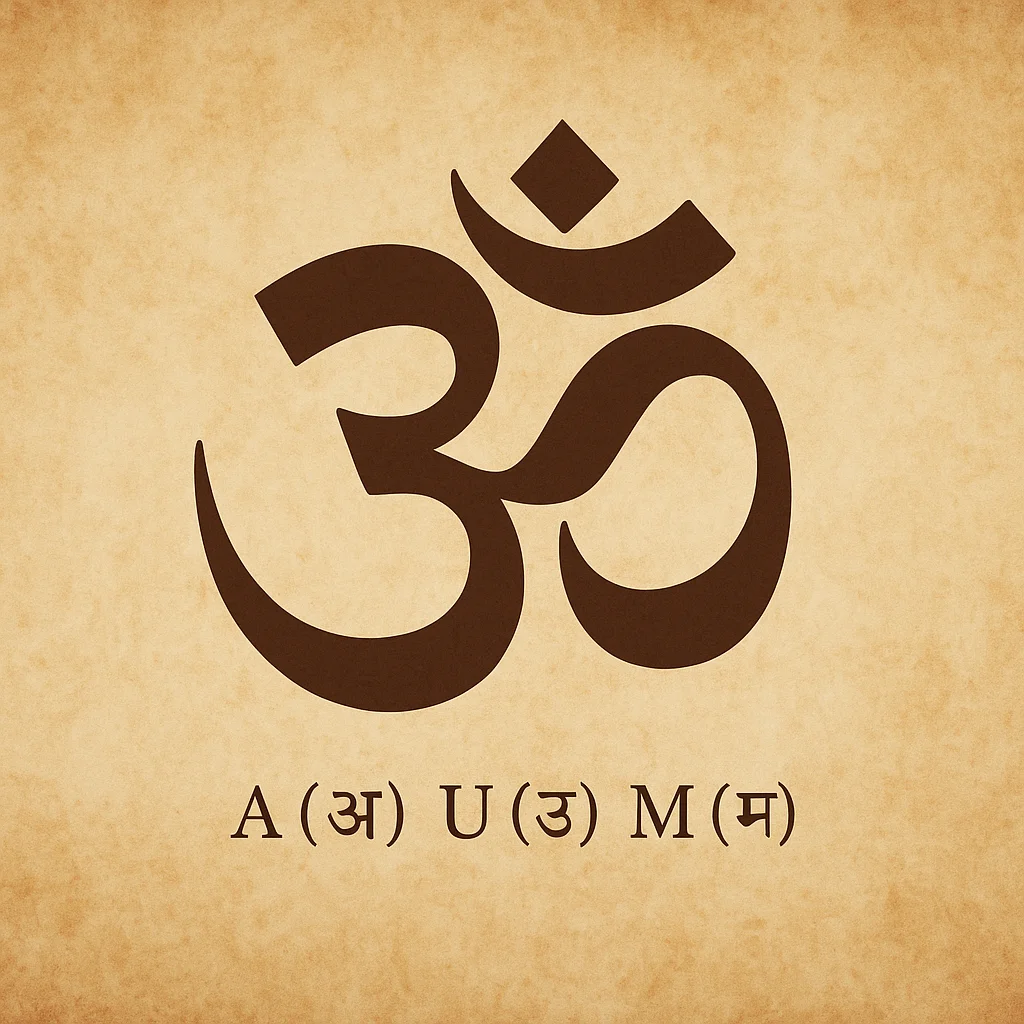
The Om sign consists of four states; together they portray the cycle of consciousness that every being experiences.
The first is the waking state (Jagrat).
- A (अ)
- Jagrat is our normal, conscious state where we interact with the world. It represents the physical reality and material existence.
The second is the dream state (Swapna).
- U (उ)
- Swapna is the state of dreams, imagination, and mental activity. It represents subtle reality and thoughts.
The third is the deep sleep state (Sushupti).
- M (म)
- Sushupti is the state of complete rest–no dreams, no awareness. It represents pure potential and unmanifested reality.
The fourth and final step is known as the Turiya.
Above the curves ॐ lies a dot, symbolizing the fourth state, Turiya — pure awareness beyond thought.
The crescent beneath it represents the veil that separates the spiritual from the material. To transcend it is to awaken to self-realization.
Om: The Sound of Creation
The universe began with the vibration of Om.
Before any matter existed, there was a sound, a vibration, and Om is that primordial vibration that gave rise to everything.
As we talked earlier, in Hinduism, there is an ultimate reality, the formless and infinite source of all, known as the Brahman. Brahman is in everything, and everything is Brahman.
And, Om is a representation of Brahman itself. Hence, chanting Om is considered a way to align one’s soul (atman) with the ultimate reality (Brahman).
What Does the Om Represent?
So, what does the Om represent? In its deepest meaning, Om symbolizes the totality of existence — the sound of creation, the breath of life, and the stillness of the divine. Chanting Om connects you to the same vibration that underlies the cosmos.
It’s a reminder that everything in existence — the stars, the ocean, the trees, you — is interconnected through one sacred sound. Om represents that truth.
The Om symbol definition can be summed up beautifully as:
“Om is the syllable of consciousness, the vibration of existence, and the echo of eternity.”
It’s both a word and a world, containing within it every vibration the universe has ever known. To meditate on Om is to awaken to your inner divinity and to recognize the same divine essence in all beings.
Om Chanting: Bridging East and West
Om chanting has been deeply practiced in the East for thousands of years.
However, in the modern era, the West has also shown growing interest in the holy symbol. The Om chanting in Yoga classes is becoming a common practice to help practitioners still the mind by cultivating inner peace before and after asanas, a ritual performed by Easterners for the last couple of thousand years.
Furthermore, today, in the West and the East as well, the Hindu Om Symbol has become a global emblem of peace, mindfulness, and spiritual awakening.
From wall art to jewelry, the Om symbol has found its way into global design.
Can non-Hindus chant OM?
Before I touch on how to chant Om, I want to delve into who can chant Om.
As you know by now, Om is a universal sound of creation. And by that truth, non-Hindus who chant or meditate on Om will be connecting with its spiritual, all-emcompassing vibration and will not be violating any religious boundary; hence, anyone is free to chant Om.
How to Chant Om ?
While it may seem like Om has two syllabi, it has three: A, U, M, followed by a moment of silence.
A simple way to practice it mindfully would be to find a quiet space, sit comfortably with spine straight and eyes closed, preferably (you can sit down on the floor or chair, anything that makes you comfortable).
Following that, take a couple of deep breaths and chant A-U-M.
- Start with “A” (ahh) — let it resonate in your chest.
- Transition to “U” (ooh) — let it vibrate in your throat.
- End with “M” (mmm) — let it hum through your lips and into your head.
After the chanting, feel the calm that follows. The stillness is as important as the sound itself.
For repetitions, repeat at least 9 times to feel the energy & the vibrations. If you want to try more, you can chant 27 or even 108 repetitions. However, please note the goal here isn’t perfection but rather presence.
Benefits of Chanting Om
Modern science is beginning its step to confirm what ancient yogis and Easterners knew for more than 5,000 years: that chanting Om has real, measurable effects on the mind and body, such as:
Calms the Nervous System
- Research shows that the vibration of “Om” stimulates the vagus nerve, triggering the parasympathetic (rest and digest) response. This lowers stress, blood pressure, and heart rate.Improves Focus and Clarity
Improves Focus & Clarity
- Regular Om chanting increases alpha brainwave activity, which is linked to calm concentration and creativity — similar to deep meditation states.
Improves Respiratory Health
- Slow, rhythmic chanting naturally deepens breathing, improving oxygen flow and lung capacity — especially beneficial for anxiety or fatigue.
Spiritually, the sound of Om helps release emotional tension and cultivates a sense of peace and acceptance. Om aligns our inner energy with the rhythm of the universe, helping to awaken higher consciousness (Turiya), connecting you to the divine essence within.
The Difference Between Om and Aum
Many people wonder if “Om” and “Aum” are different. In truth, Aum is the original Sanskrit pronunciation of the sound represented by the Om symbol. The three letters, as mentioned earlier, correspond to:
- A – Creation (the waking state)
- U – Preservation (the dream state)
- M – Dissolution (deep sleep)
Together, these sounds describe the cycle of existence — from birth, to life, to death, and beyond. The silence that follows the chant represents the infinite consciousness that transcends all states.
Hence, visually, both “Aum” and “Om” refer to the same sacred syllable. The Hindu Aum sign (ॐ) symbolizes totality — the unity of opposites, the merging of the physical and spiritual. In written form, the curve, crescent, and dot visually express these layers of consciousness.
FAQs About the Hindu Om Symbol
The Hindu Om Symbol is not just a sign or a chant — it’s the heartbeat of the cosmos. It carries the vibration of creation, sustenance, and dissolution, linking every soul to the divine. Whether you chant it, wear it, or meditate upon it, Om reminds you of one simple truth: we are all part of one infinite consciousness.
If you’d like to explore the deeper meaning behind all sacred Hindu symbols, check out our complete guide on the Symbol of Hinduism.
If you found this blog insightful, dive deeper into Hinduism’s timeless wisdom by exploring more articles on our website!
Read Next:
The Complete Guide to Chitra Nakshatra
The fourteenth Nakshatra in Vedic Astrology, the Chitra Nakshatra, spans the last degrees of Virgo…
What is the Symbol of Hinduism?
Hinduism doesn’t have a single primary god or a single main holy book. Similarly, we…
Prarabdha Karma: The Mystery Behind Your Life
Have you ever wondered why you were born into the family you were born into,…
Who is Lord Shiva?
Lord Shiva, also known as Mahadeva, Shankara, Bholenath, and Rudra, is one of the most…
What is Vedic Astrology?
Vedic astrology, also known as Hindu astrology and Indian astrology is a knowledge given by…
12 Houses of Astrology: What Each House Means in Your Life
When I first opened my birth chart, it felt like a wheel with 12 slices….
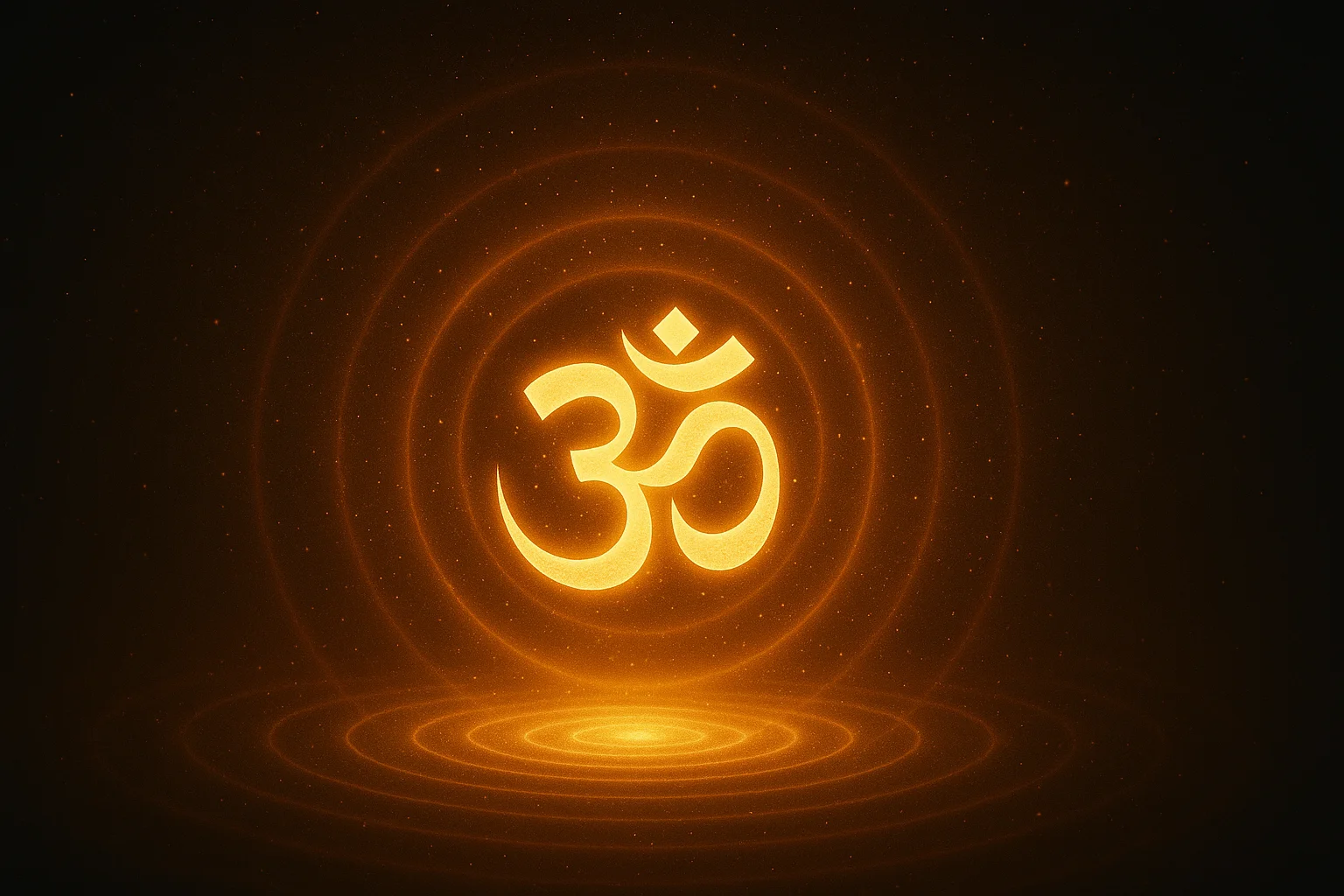
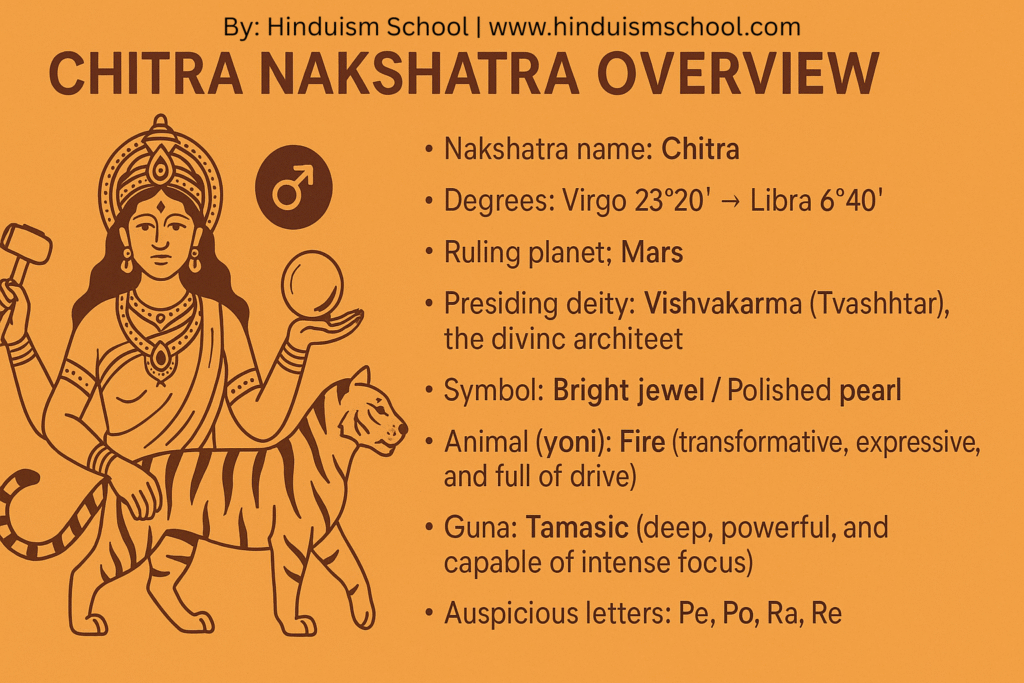
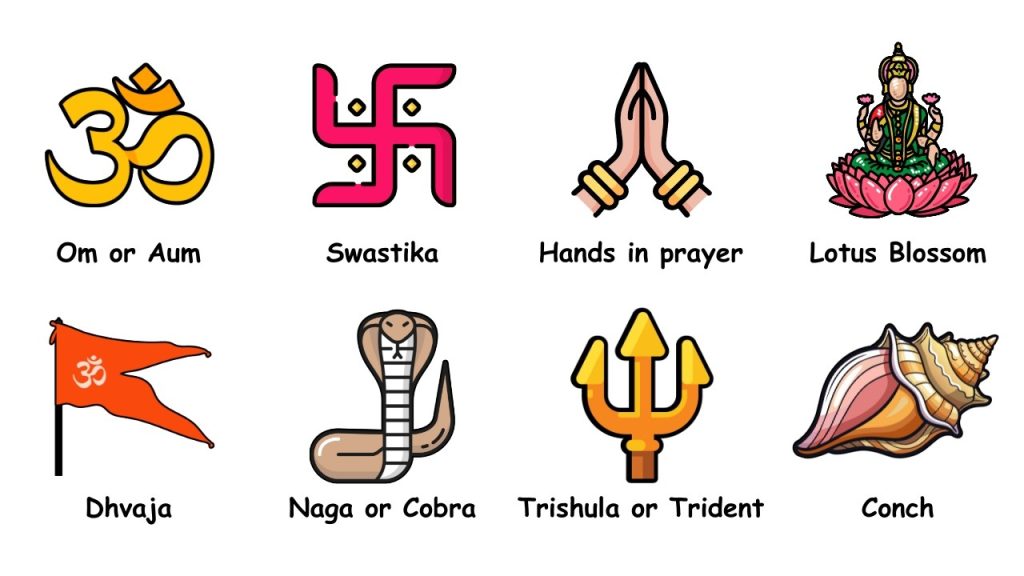
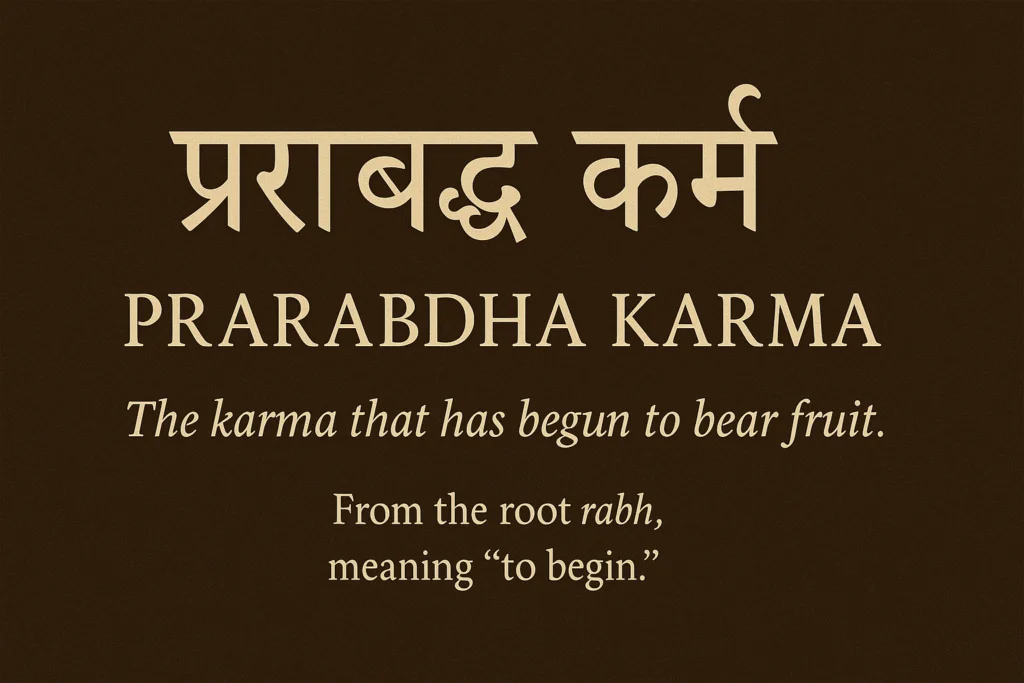

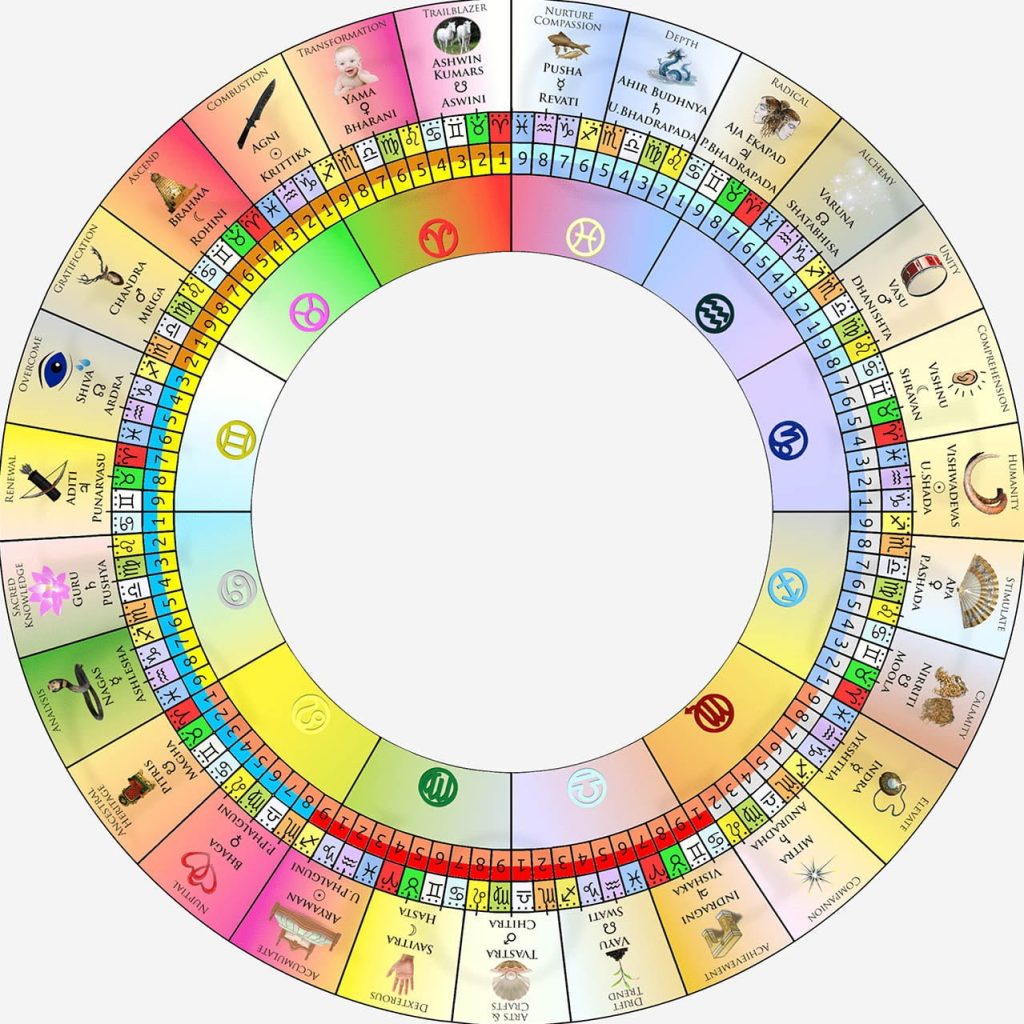
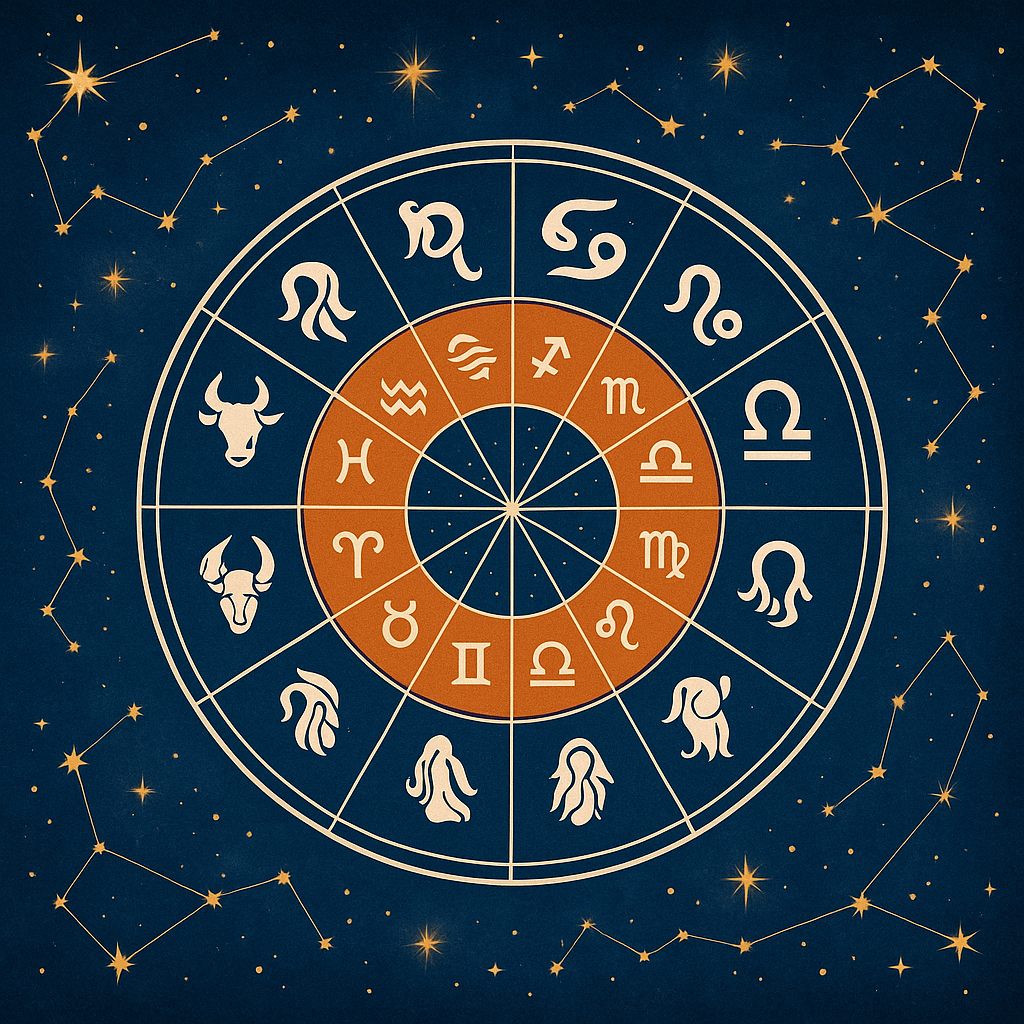
Leave a Reply